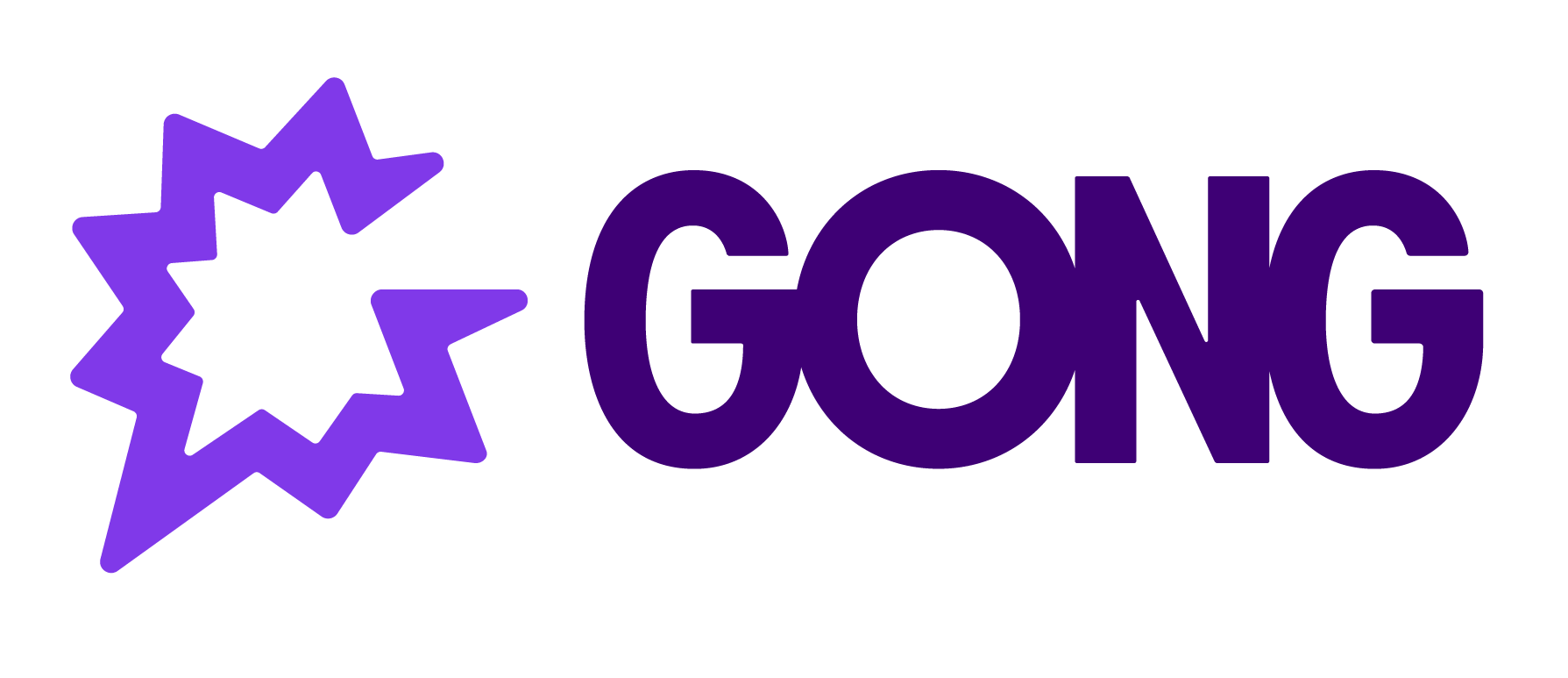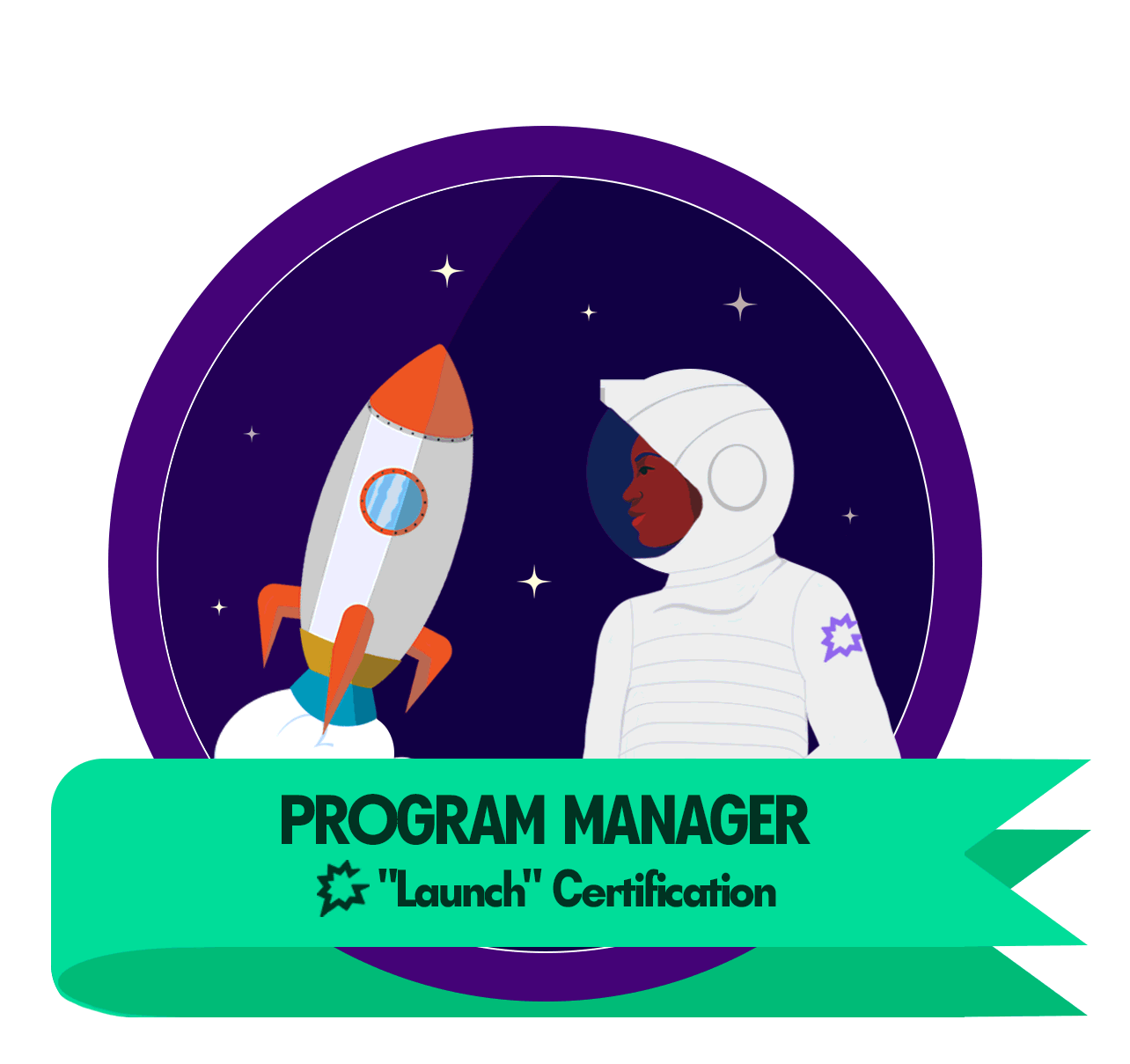[Written in collaboration with Julian Gonzalez VP, Strategic Sales & Enablement at Briq. Thank you
Trackers are an important building block to get the most value from Gong. They allow users to understand what is being spoken about in both calls and emails. Gong comes with a handful of out of the box trackers (Process, Budget, Authority, Timing etc.), and over the course of rolling out and evolving Gong we create additional trackers to help us understand specific mentions, processes, messaging and so much more that is unique to our company.
If you aren't using trackers at your organization, it may be because you're not sure why they're valuable or how to set them up.
First, let’s dive into why trackers matter so much:
Trackers help:
-
Inform what sales people are talking about
-
Identify risk (e.g. Competitive mention in a late stage cycle)
-
Dispel or confirm beliefs and/or your intuition (e.g About your competition, your pricing, your product etc.)
-
Track sales methodology adherence (See MEDDIC, Sandler, etc.)
-
Drive timely automated notifications
-
Search for specific types of calls, objections, and mentions as an example for others
-
Correlate deal outcomes to what was spoken, or not spoken about, so you can replicate further success
The list of benefits is endless, and the time invested is worth it, as illustrated by a real world example from Julian.
“As a fast-growing startup, we are constantly evolving our approach based on recent learnings. When this results in a refined approach to our sales messaging, or pitch, it often requires our team to unlearn past behaviors. Trackers serve as a way of reinforcing the use of the new behaviors and making it clear who is still falling into old habits.
The goal, and what we teach our team, is to use trackers for self-improvement and for managers to leverage the insights gained to provide the right coaching to the right individuals.”
Here are 3 suggested steps to get the most out of trackers.
-
Target Specific Areas
-
Solicit Input
-
Test and Tune
Step #1 - Target Specific Areas
Think about what is most important for you to glean from your calls and how it will help make an impact at your organization. For some, this might be ensuring your latest training material has been adopted, and for others this could be gleaning what statements about your product are working most in calls.
Based on the questions we see companies ask most frequently, these are our top suggestions on trackers to start with:
-
Competitive:
Understanding how competitive mentions changes the deal outcomes, and how effectively are sales people handling competitive situations. [Tip: This is a good tracker to add to your Gong Deal Boards.]
-
Messaging:
Seeing to to what extent sales is adopting new messaging and just as important, identify who is still using outdated messaging
-
Sales Process Adherence:
Ensuring sales is following the prescribed process for the given call type (discovery, budget, next steps, open ended questions, etc.)
Step #2 - Solicit Input
Closing deals and understanding why you are winning and losing is a team sport.
-
Solicit input from people representing sales, marketing, product, sales enablement.
-
If relevant, talk to people at your company who work in the same department as your target buyer.
-
Look at marketing collateral and sales presentations, how who you are selling to, competing with, how you are differentiating etc.
-
Invest in win/loss analysis - talk to your clients and to your contacts that chose to go in another direction. You can learn a lot, and put the learnings to work as trackers
You don’t need to boil the ocean. A few open questions about what is important to know from each group will be a great starting point.
Step #3 - Test & Tune
Test new trackers using existing calls, and examine the initial results.
Not enough results? Too many results? False positives? It’s an iterative process to tune your trackers to get the right balance between precision and volume. You will find yourself going between a Calls page tab, and a Tracker page tab to get it right.
| | Tracker changes are applied retroactively both in Gong and in the Gong for Salesforce application. |
As your sales enablement efforts work to improve your sales team’s ability to win, consider creating specific trackers that reinforce the desired behaviors and help identify those people that need additional support.
Trackers do not need to be permanent. They can be useful for a specific period of time, and then removed when no longer needed.
Today’s revenue engines are driven by customer success as much as sales. Adding your implementation and CS teams to Gong has many benefits. Adding trackers, such as positive and negative sentiment trackers, can be immensely valuable. These can help you identify customers that are ready to provide testimonials, case studies, and references. They can also serve as an early warning to clients that are having a less than optimal experience.
Tracker Resources: (Gong Login Required)
-
Tracker Help Center Article (includes FAQs)
-
Tracker Admin Academy course (self-guided Gong Academy course)


